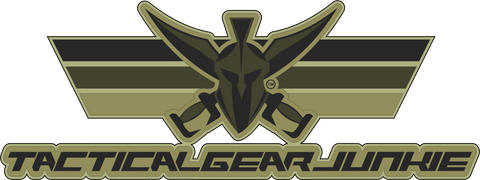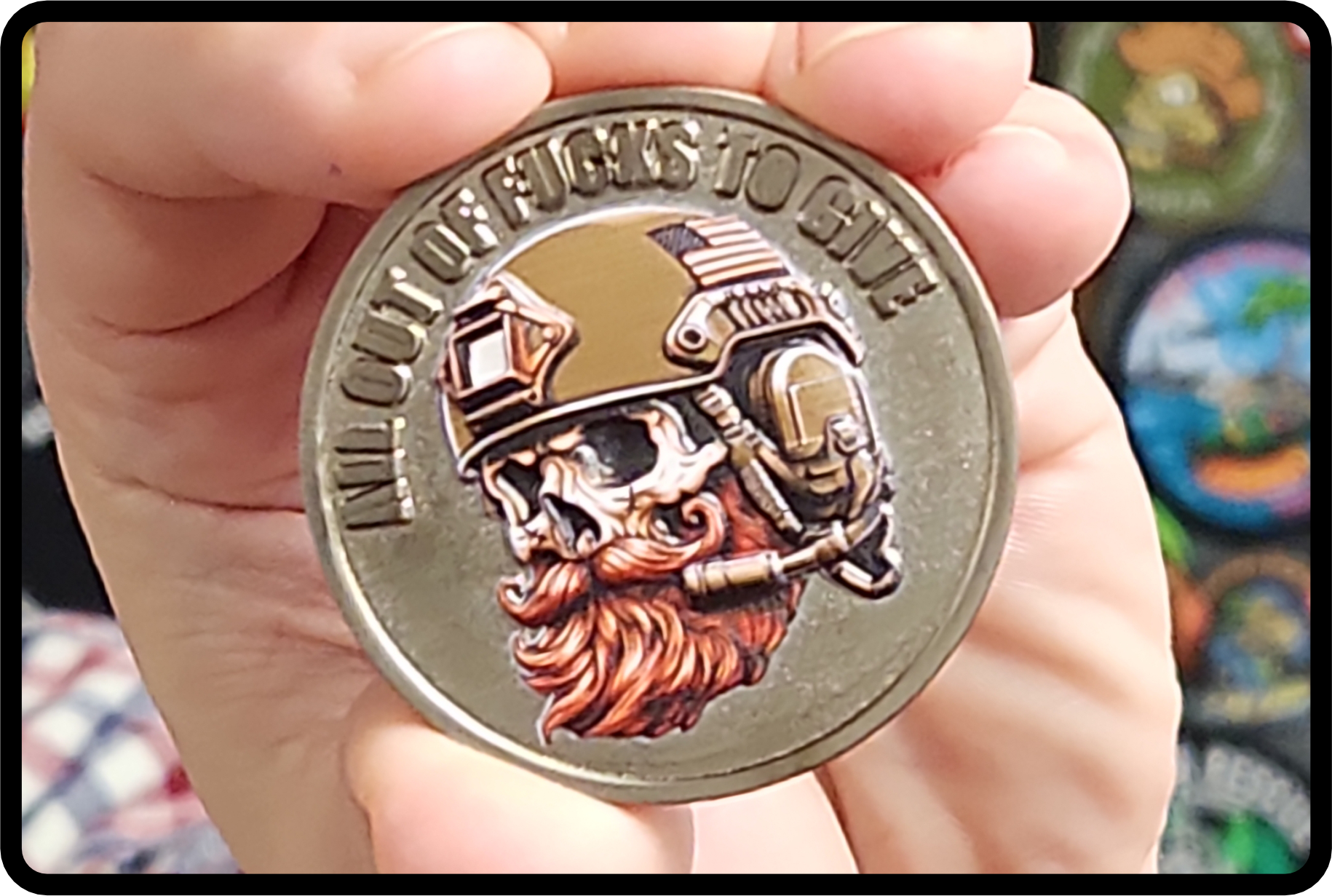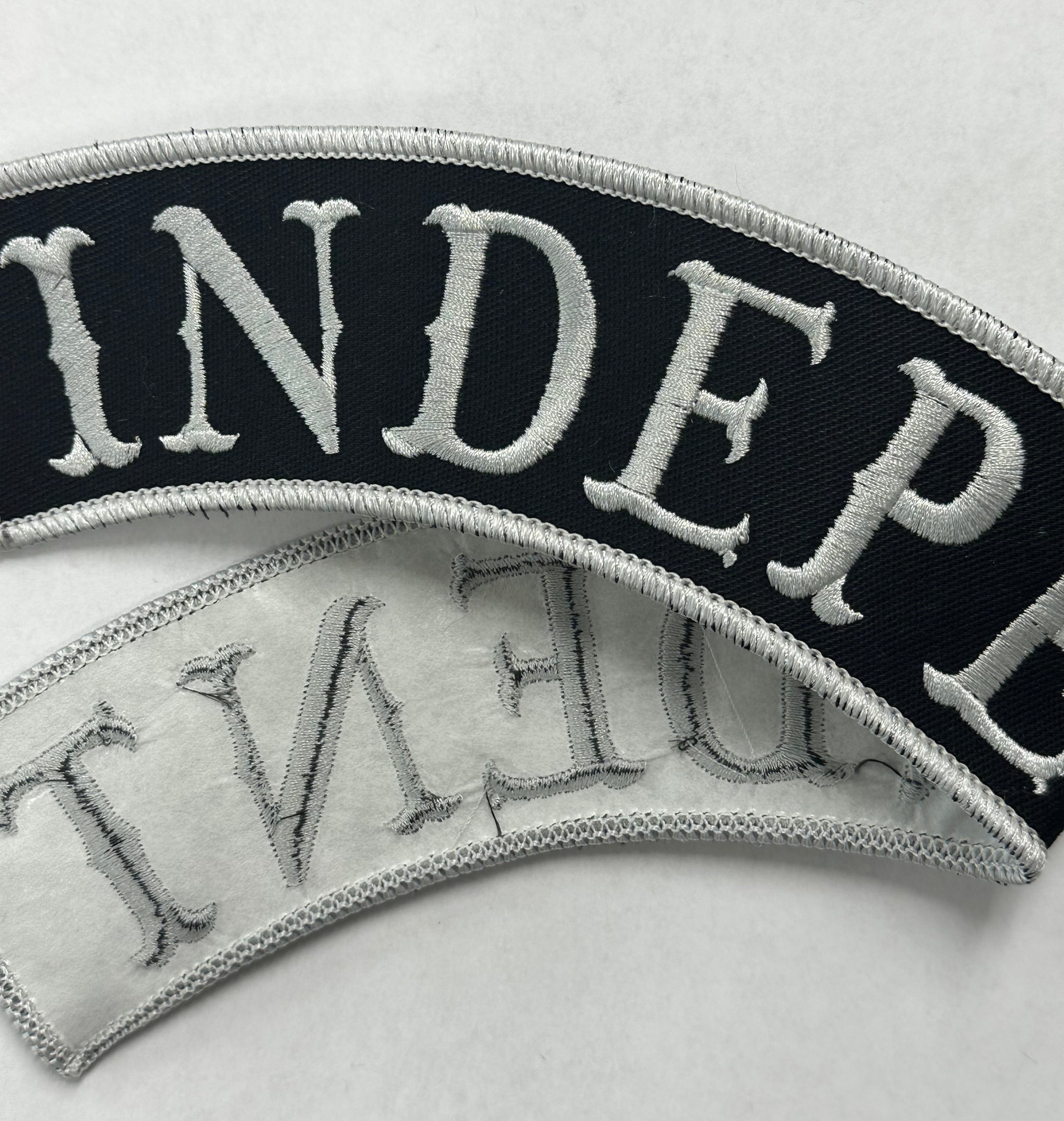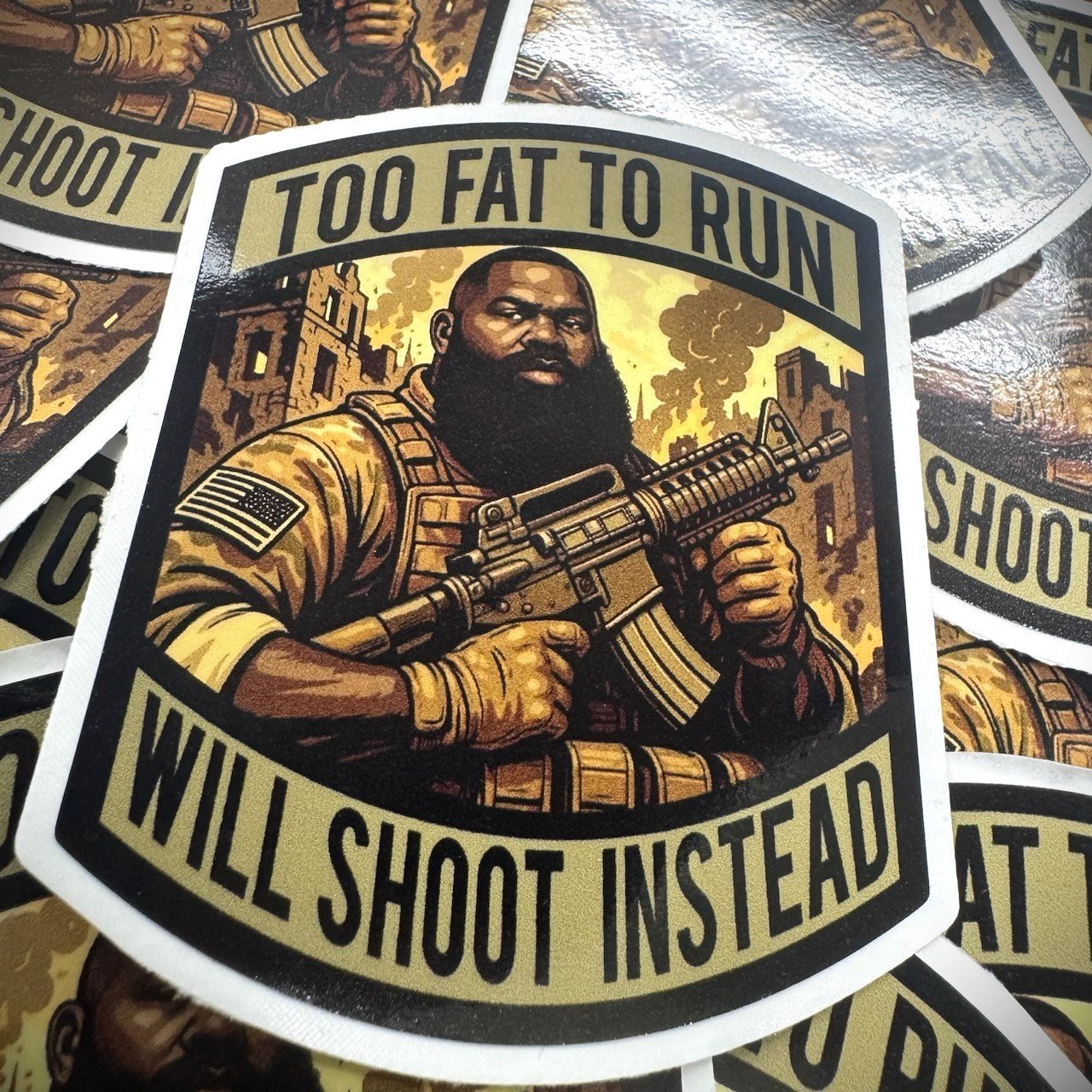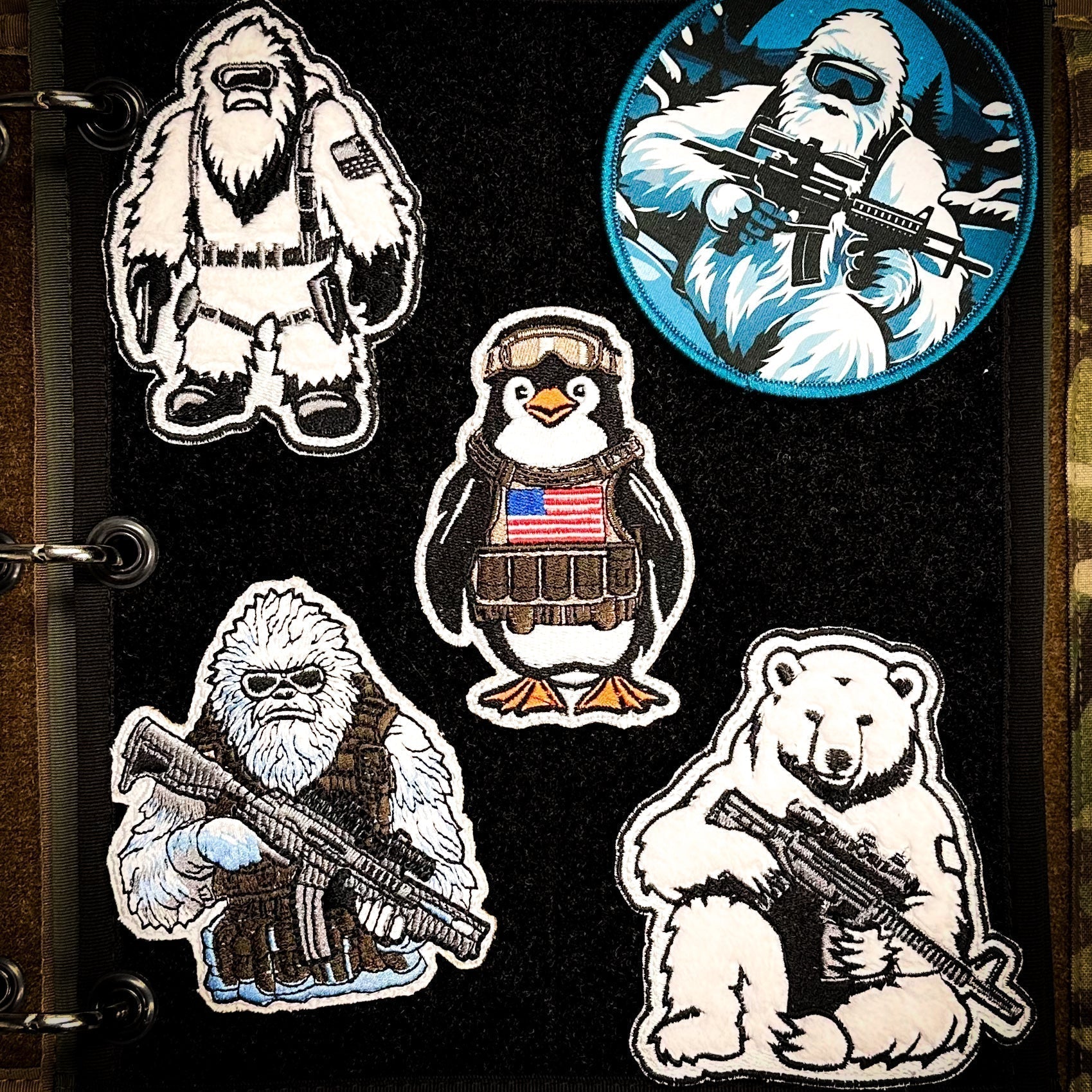In the world of personalizing your clothing and accessories, you'll often find yourself faced with a choice: iron on patches or sew on patches. These two types of patches offer their own advantages and cater to specific situations, but they both ultimately add a personal touch to your clothing and accessories.
So, let's delve into the main differences between these patches. By the end of this article, you'll have all the information you need to decide whether an iron on or a sew on patch is best for you.
What Are Iron On Patches?
Iron on patches are a user-friendly and efficient method for attaching patches to a variety of fabric surfaces. Iron on patches work by applying heat, they have an adhesive backing specially designed to activate when exposed to heat.
This special adhesive ensures a secure and strong bond between the patch and the fabric, eliminating the need for intricate sewing you would need with a sew on patch.
What sets iron on patches apart is their remarkable versatility. They emerge as the go-to solution when dealing with challenging-to-sew spots on your clothing or accessories.
From those intricate crevices in your favorite denim jacket to the curvatures of your backpack, iron on patches provide a quick and hassle-free approach to customizing your style.
So, whether you're seeking to mend a tear in your favorite jeans or adding a touch of personal flair to your tactical gear, iron on patches prove to be an invaluable asset.
How Do You Iron On Patches?
Ironing on a patch is a simple process, and it looks something like this:
- Prepare the Patch: Start by ensuring that the patch's coated embroidery design is clean and free from any debris or impurities.
- Position the Patch: Place the iron on patch precisely where you want it to be on your clothing or accessory.
-
Apply Heat: The application of heat is crucial, and there are two common methods to achieve this. Heat Press: If you have access to a heat press, this is an ideal choice. Apply heat with a pressure of approximately 1.4 bar for around 15 seconds at a temperature of 340°F.
Household Iron: In the absence of a heat press, a regular household iron can get the job done. Apply pressure to the iron's tip and heat the patch for approximately 20-25 seconds at a temperature of 275°F. - Allow It to Set: For the adhesive to achieve optimal bonding, it's essential to let the patch sit undisturbed for a full 48 hours. This ensures a secure, long-lasting attachment.
Iron on patches offer a quick and easy solution for attaching patches temporarily, and their ease of application makes them a popular choice for those looking for convenience. However, iron on patches aren't the only players in the patching game.
What Are Sew On Patches?
Unlike iron on patches, sew on patches are pretty much what they sound like. You're going to need some good old-fashioned sewing skills to get these patches attached. Forget about adhesive backing; sew on patches don't roll that way. Instead, they require you to break out the needle and thread and put in a bit of effort to ensure they stay put.
What's great about sew on patches is that they embrace the classic art of sewing; there's something timeless about it. They don't rely on modern conveniences like adhesive, making them ideal for those who want a more traditional and long-lasting attachment method.
These patches evoke a sense of nostalgia and craftsmanship, which is perfect for those who appreciate tradition and durability when it comes to their style choices.
How to Sew on a Patch?
Sew on patches may require a bit more time and effort compared to their iron on counterparts.
Here's a brief overview of how to sew on a patch:
- Get Your Needle and Thread: Grab a needle and thread, and make sure you've got the right color thread to match your patch and fabric.
- Position the Patch: Choose where you want your patch to go and put it in place.
- Start Sewing: Using basic sewing techniques, stitch the patch onto your garment. It might take a bit longer than ironing, but it's a sturdy, classic solution.
A majority of the iron on vs sew on patches debate comes down to the application process, with iron on being a popular choice when it comes to convenience.
Can You Sew On an Iron Patch?
The answer is yes, you have the flexibility to sew on an iron on patch. This can be a great choice if you've initially used the iron on method but are now inclined towards a more permanent attachment.
All you need to do is employ basic sewing techniques to stitch around the edges of the patch. This added layer of stitching reinforces the bond between the patch and the fabric, making it a secure and lasting feature in your collection of patches. This versatility in attachment methods is one of the key strengths of patches.
Whether you opt for the swift and straightforward iron on approach or the classic and enduring sew on method, patches serve as a fantastic means to add a personal touch to your clothing and accessories. They're not only functional but also stylish, allowing you to express your unique personality and preferences through your wardrobe choices and on your gear.
Regardless of the method you choose, patches offer you the opportunity to make a statement and elevate your style to a whole new level.
Do Iron On Patches Come Off?
Iron on patches are designed to provide a secure attachment to fabric, and they do so quite effectively. The adhesive backing on these patches activates when exposed to heat, creating a strong and resistant bond with the fabric.
If you want to remove your patch for whatever reason, say to make room for more, iron on patches can be removed, but the process can be tricky.
To remove an iron on patch, you can use heat to soften the adhesive, then gently peel it off. Be cautious not to overheat and damage the fabric. After removal, you might find adhesive residue, which can be scraped off carefully.
If residue persists, commercial adhesive removers are available, but use them with caution and test on a small, inconspicuous area of the fabric first.
Keep in mind that removing iron on patches carries a risk of damaging the fabric, and professional assistance may be necessary for valuable or delicate items.
Quality Custom Iron On Patches
At Tactical Gear Junkie, we're on a mission to elevate morale worldwide by delivering unwavering quality products like our custom patches. We achieve this through a fusion of cutting-edge technology and the dedication of the American worker.
If you find yourself in search of quality, custom iron on patches to enhance your style or promote a cause, look no further. We invite you to experience our products by filling out our online quote form today.
Your journey towards personalization and self-expression is just a few clicks away.
